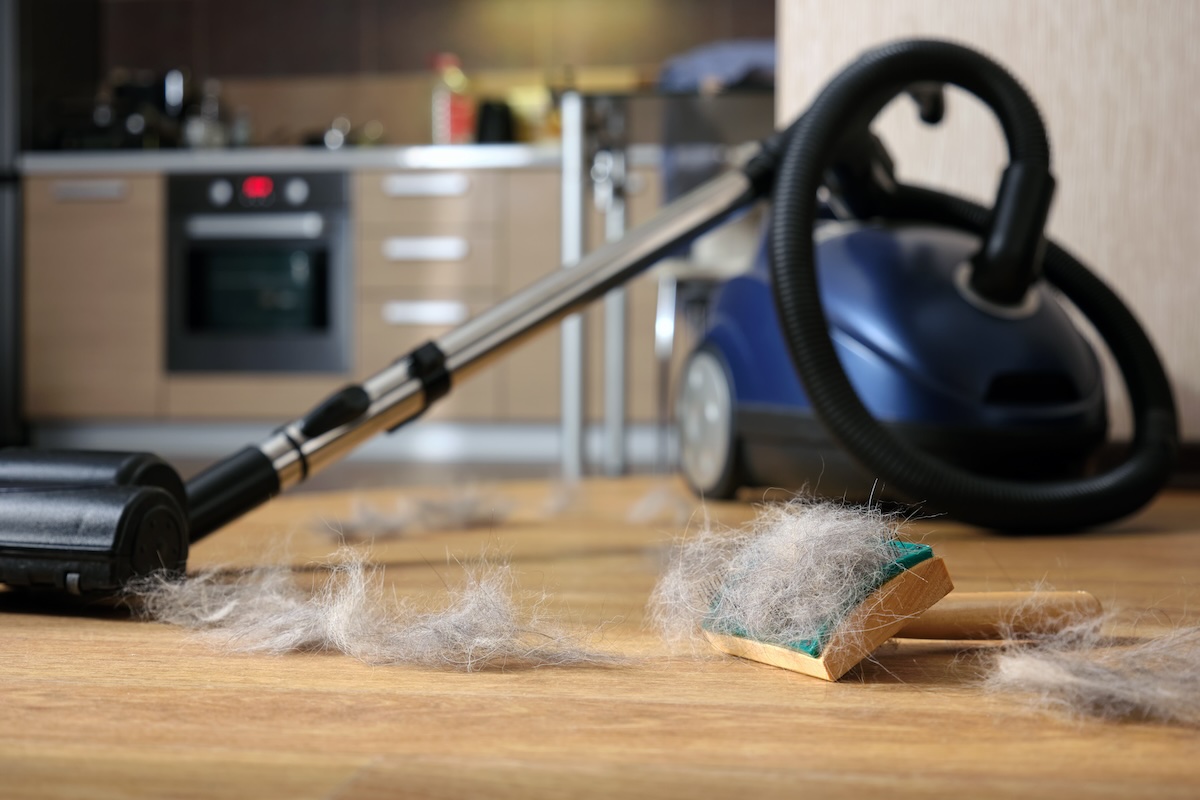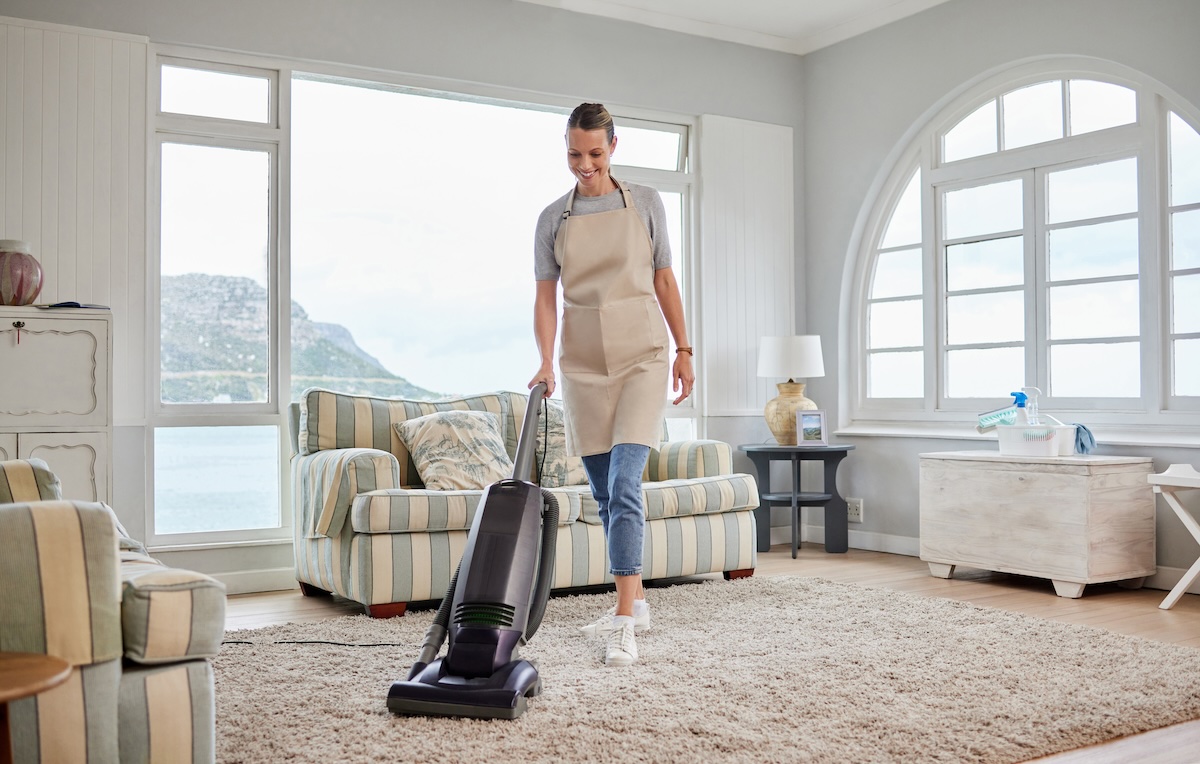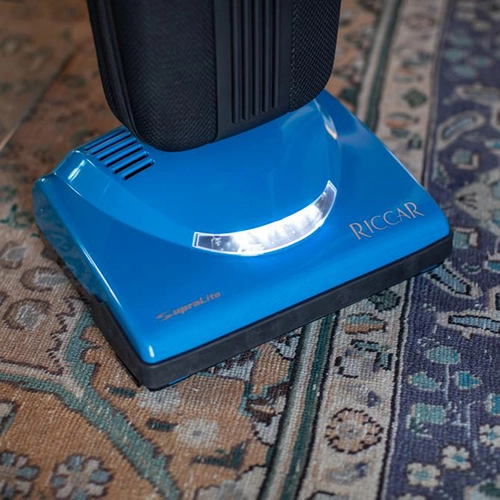If you’ve got pets, you already know the routine: you vacuum, feel good for a minute, and then turn around to see another tumbleweed of fur drifting across the room like it never left.
That’s the point where a lot of people ask the big question—should I go bagged or bagless? Which type of machine is the best vacuum cleaner for pet hair? It’s a familiar crossroads for anyone with a fuzzy friend at home, and finding the right answer can make cleanup feel a whole lot less like an endless loop.
Both can handle pet hair, but they go about it differently, and the difference shows up the moment you have to empty them.
Why Bagged Vacuums Make Sense for Homes with Pets
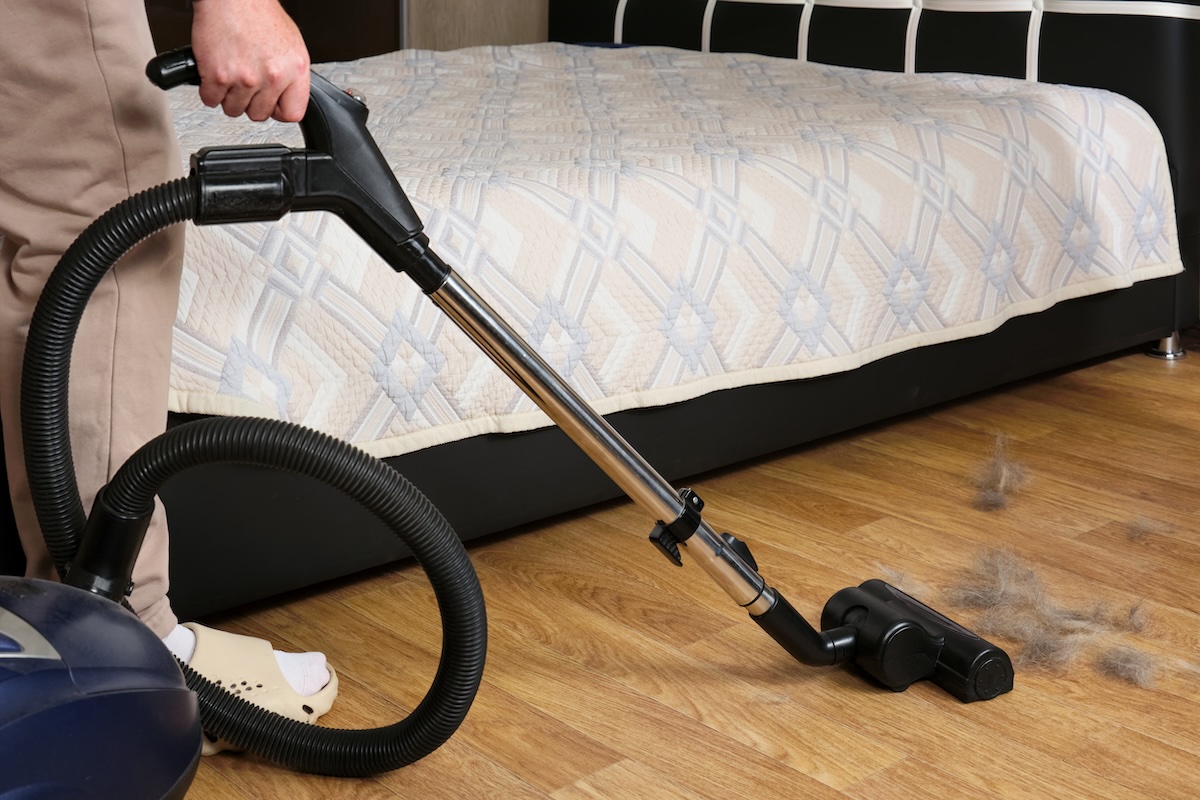
With pets, it’s not only fur shedding you deal with. You also have to deal with dander, fine dust, and everything else that gets stirred up when your dog shakes off, or your cat launches off the couch. Those particles hang in the air and settle into fibers, meaning your floors and furniture are only part of the equation.
A good bagged machine doesn’t simply scoop that stuff up—it traps it. Bags hold a lot more than bins do, usually three to six liters, and when you pull one out, it seals itself. No cloud, no film, no sneezing fit.
That sealed design also helps protect the vacuum’s internal components from clogging or buildup, which can extend its lifespan and keep suction consistent. Many modern bags are made from layered, high-efficiency materials that filter out the tiniest dust and dander before air ever exits the machine, which is especially helpful if you’re dealing with multiple pets or seasonal allergies.
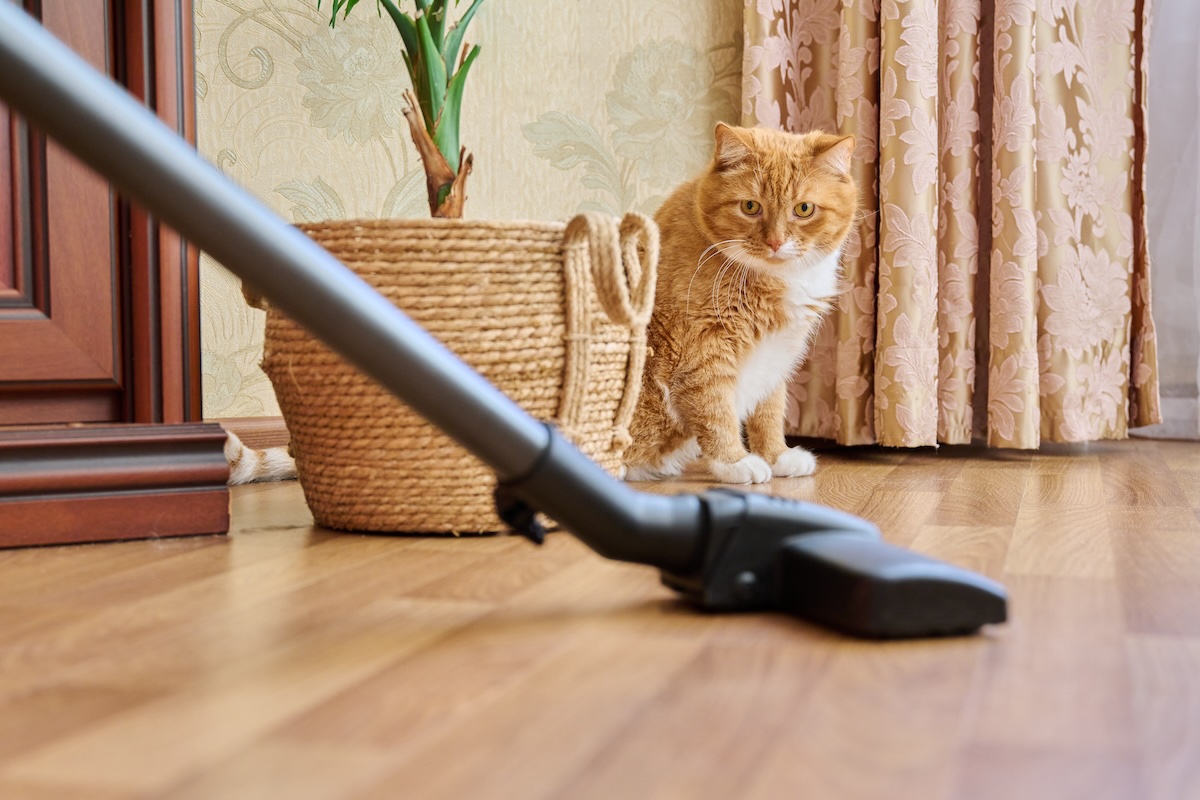
When you compare bagged vs bagless vacuums, performance with a bagged machine also stays steadier as the bag fills. Suction doesn’t taper off the same way it can with a dust cup that’s already coated in fine powder halfway through a cleaning job.
That consistency means you can clean an entire room—or even a full house—without stopping to shake out a bin or wipe down filters, which makes the whole process feel smoother and less interruptive.
For pet owners juggling fur, dander, and daily life, that reliability adds up over time. You spend less energy dealing with the byproducts of cleaning and more time enjoying the reason you’re cleaning in the first place—a home that truly feels comfortable to live in, even with a few furry troublemakers running around.
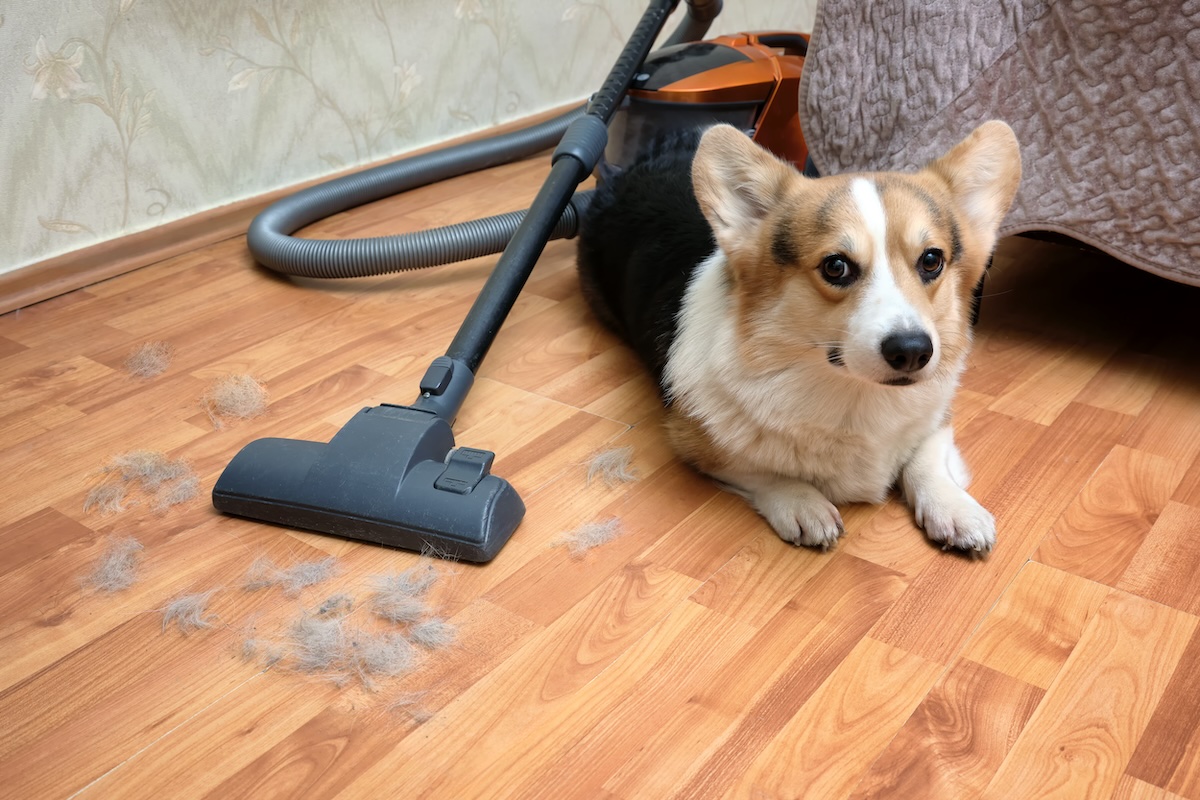
The Case for Bagless
Bagless vacuums still have their perks, of course. If you live in a smaller place or don’t mind emptying more often, it can feel convenient. You can see what you’re picking up, and you never have to think about buying bags. That visibility can actually be helpful in some situations—you’ll know right away if you accidentally sucked up a toy, or if your pet’s shedding is getting heavier than usual.
Some modern bagless models, like those from Dyson, also use multi-cyclonic suction systems that maintain power as the canister fills, making them surprisingly capable even in compact designs. They’re easy to grab for quick cleanups, and there’s something a little satisfying about seeing all that hair and dust collected in one place after a single pass.
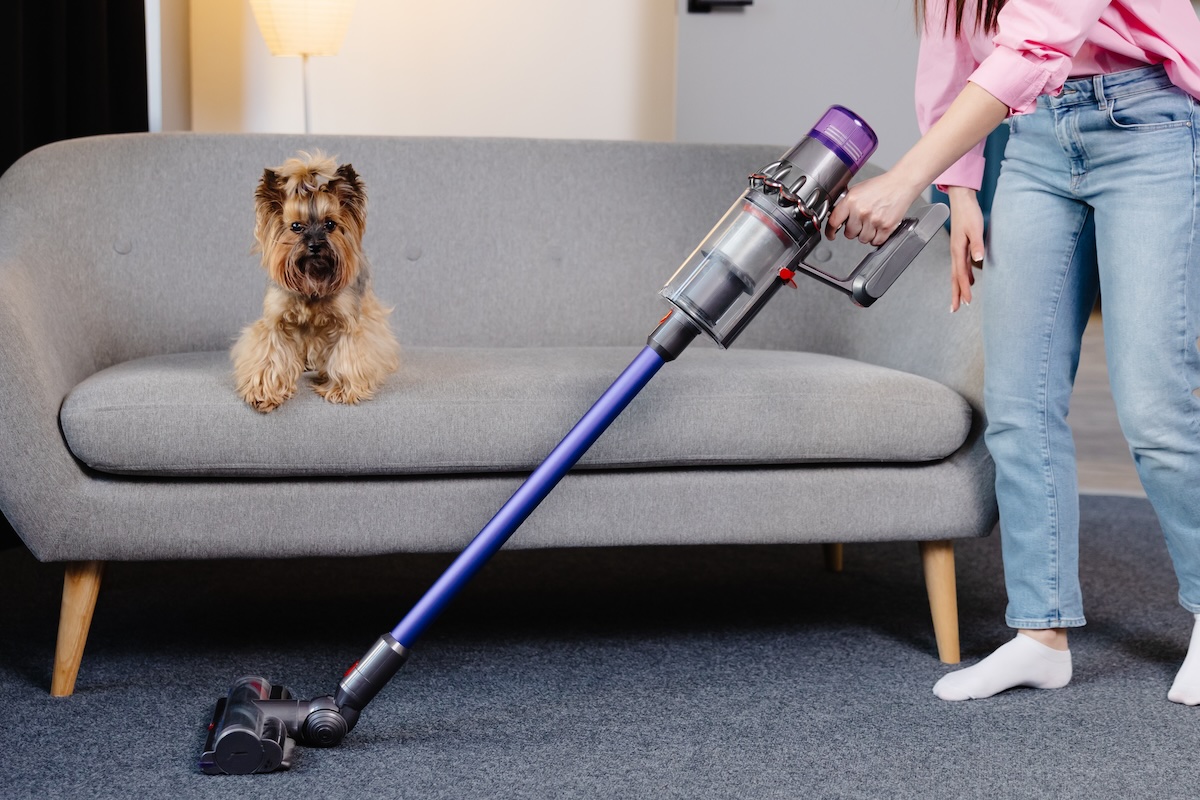
Stick vacuums in particular make quick work of daily fur patrol on hard floors and rugs. They’re light, cordless, and usually ready to grab at a moment’s notice, which makes them perfect for quick touch-ups between deeper cleans. Some newer models come with powered brush heads that dig out hair from low-pile rugs, or soft rollers that glide over tile and hardwood without scattering debris. Some even have interchangeable batteries or wall-mounted docks, so they can be always charged and within reach when the next tumbleweed rolls by.
The tradeoff comes when you have to empty them—and that can be surprisingly frequent. Most of the time, you pop the cup, dump it into the trash, and a little cloud of fuzz and dust floats right back up. You’ll probably end up tapping the bin against the can, sometimes rinsing it out, sometimes washing filters. It’s not exactly the end of the world, but in a multi-pet home it can get old fast.

That’s especially true if anyone in the house has allergies, since emptying a full bin can send fine dander back into the air before the vacuum even cools down. Over time, hair can cling to the edges of the dust cup or wrap around internal components, making cleanup feel like its own chore. Some brands now try to solve this with self-emptying docks or better seals, but unless you’re working with one of those, you’ll probably find yourself doing a little post-vacuum maintenance more often than you’d like.
How They Stack Up
| Factor | Bagged | Bagless |
| Capacity | Larger (3–6L) | Small bins, frequent emptying |
| Allergen control | Sealed, no dust cloud | Dust release when emptied |
| Suction as it fills | Stays consistent | Drops faster as filters coat |
| Maintenance | Swap bag, done | Rinse bin, clean filters often |
Which Fits Your Home?
- Big dogs and carpets: A bagged upright with a sturdy brushroll and sealed filtration keeps up with the load.
- Mixed floors and allergies: A bagged canister with HEPA is hard to beat.
- Smaller space or quick touch-ups: A bagless stick can make life easier, especially for surface fur on hardwood.
- Furniture, stairs, cars: A handheld or upholstery tool works better than wrestling with a full-size vacuum.
Matching Vacuums to Different Pets
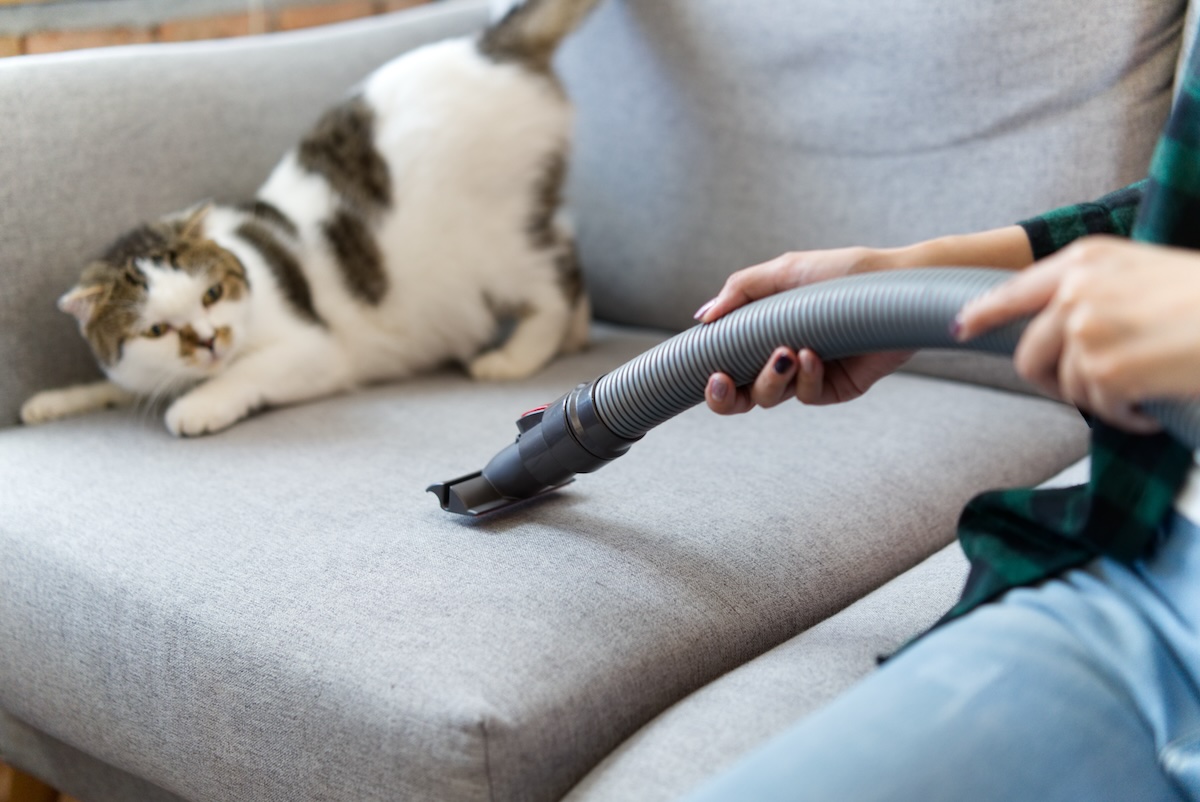
Not every pet sheds the same way. A husky dropping undercoat in spring is a whole different challenge than a short-haired cat leaving fine strands on the couch, or a dachshund sprinkling little needles of fur that somehow manage to weave into every blanket like glitter from a kid’s art project. But once you learn each pet’s signature kind of chaos, it’s oddly satisfying to tackle it head-on and see your home start to win the battle:
| Pet Type | Shedding Style | Vacuum Features That Help Most | Why It Matters |
| Golden Retriever / Labrador | Thick double coat, heavy seasonal shedding | Upright with strong brushroll + large bag capacity | Pulls fur from carpet nap and keeps you from emptying mid-job |
| Husky / German Shepherd | Dense undercoat, clumps of loose hair | Upright or canister with tangle-resistant brushroll, HEPA bags | Keeps rollers from jamming, traps fine dander |
| Short-Haired Dog (Boxer, Beagle) | Constant light shedding | Canister or stick with good hard-floor tool | Picks up surface fur without overkill on smooth floors |
| Poodle / Doodle Mixes | Curling, non-shedding hair that mats | Upright or canister with adjustable suction + grooming tools | Hair drops in clumps, so tools for upholstery and stairs matter |
| Long-Haired Cats (Maine Coon, Persian) | Fine, silky strands that cling | Canister with turbo brush + sealed filtration | Brushes pull strands off fabric, filtration prevents sneeze-inducing dust |
| Short-Haired Cats | Light fur, floats into corners | Stick or robot for daily patrol, plus a main vacuum | Frequent small pickups keep floating fur under control |
| Multi-Pet Homes | Mix of fur types, heavier volume | Bagged upright or canister with large capacity + HEPA | Handles volume without constant emptying, keeps allergens down |
The Bottom Line
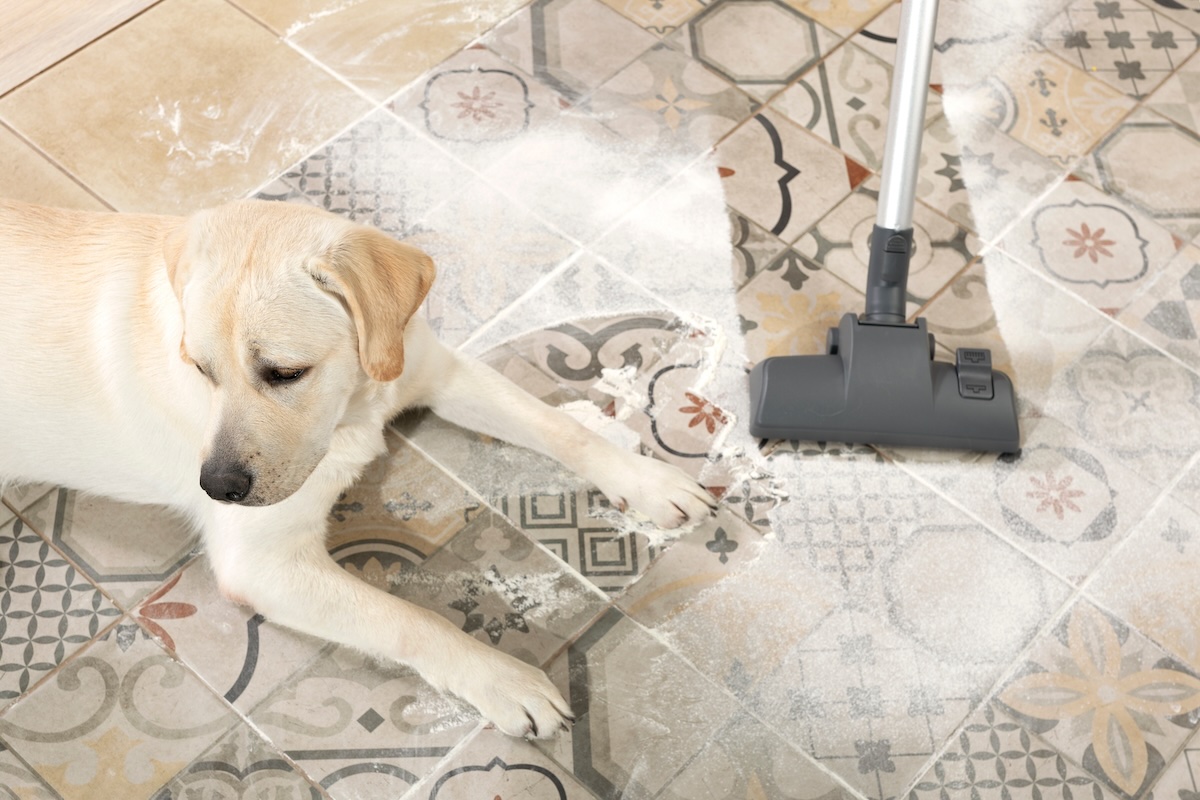
If you’ve got one cat, a bagless vacuum might be plenty. If you’ve got two shepherds and allergies in the house, bagged will save your sanity. Because at a certain point, you’re not vacuuming—you’re holding the line.
Bagged machines have that old-school confidence to them; the top performing vacuums are built for houses where the dog hair never quite stops coming and the floors see a lot of traffic. They don’t complain, they don’t make a mess of their own, and they don’t ask for much more than fresh replacement bags now and then.
So if you’ve got pets that shed like it’s their side hustle, go with the machine that works best for your home, your routine, and your pets. The vacuum that keeps the fur in the bag and the air breathable. The one that lets you finish your Saturday cleaning without feeling like you lost a round. Because that’s when you can stop stressing out about having a home covered in pet hair—and start remembering why you love having the pets around in the first place.

